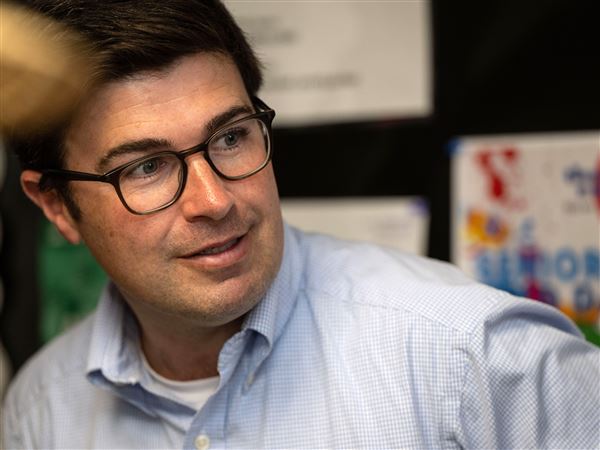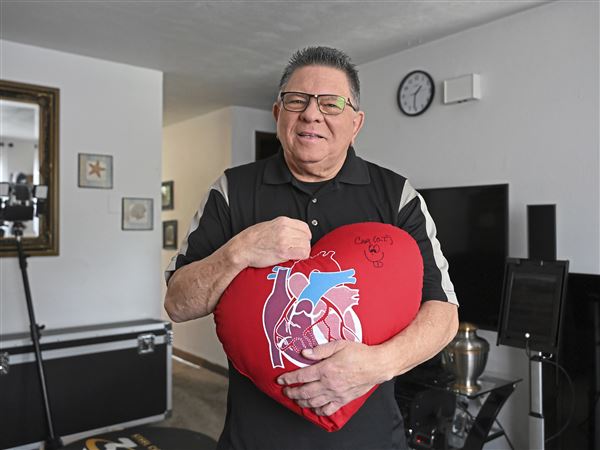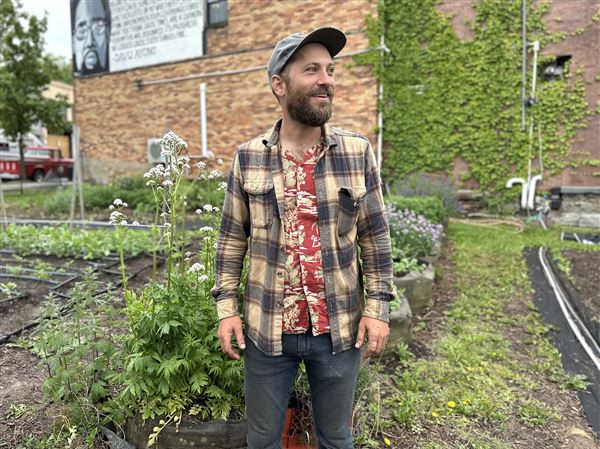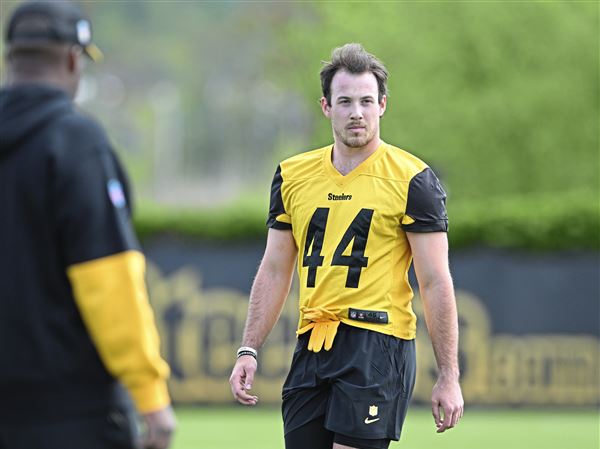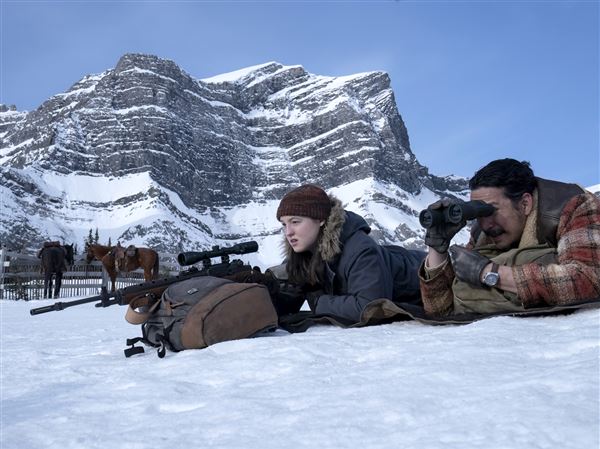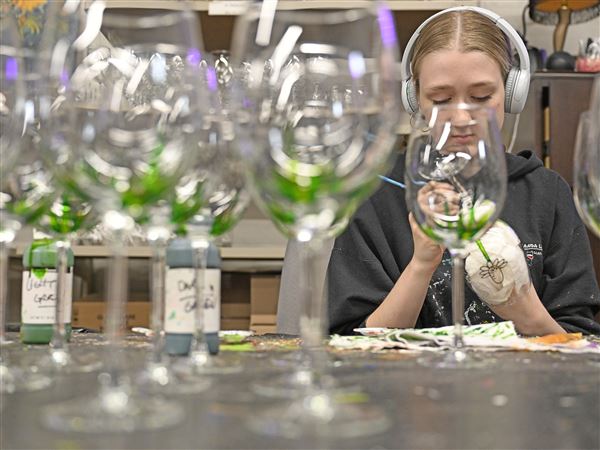PARKVILLE, Mo. -- Could the Internet mean the end of snow days? Some schools think so, and they are experimenting with ways for students to do lessons online during bad weather, potentially allowing classes to go on during even the worst blizzard.
"Virtual snow days" would help ease pressure on school calendars. Because districts are required to be in session for a certain number of hours or days, losing teaching time to winter weather can mean extending the school day or cutting short spring break or summer vacation.
And canceling school in the winter, when some of the most difficult material of the year is covered, risks leaving students with a learning deficit heading into the spring, when many states administer standardized tests.
"Even if you can't continue on at the same pace, being able to keep students on track can make a huge difference," said Doug Levin, executive director of the nonprofit State Educational Technology Directors Association, based in Glen Burnie, Md.
Virtual learning, which has been widely used by colleges and universities for years, is becoming more viable for younger students as teachers and administrators grow comfortable with the technology. Online learning also saves money because districts don't have to pay for transportation, electricity and custodians.
But there are obstacles, too. Many families don't have Internet access with speeds that would support complex classroom-style work, especially in rural areas and impoverished inner cities. Families with multiple children -- and without multiple computers -- could be hard-pressed to keep up. And some people say kids just need an occasional extra day off in the depths of winter.
"When deep snow falls, the world becomes quiet and still. And if we listen to our instincts, we settle in and enjoy the pure joy of not doing," David Santner wrote on the website for the Poughkeepsie Day School in New York, where his son is a middle-schooler, after the school turned to online learning during a spate of winter storms.
For schoolchildren, old-fashioned snow days used to mean languorous hours spent playing outside in the drifts, watching television or sipping hot chocolate. But someday, kids who can't get to the classroom might just sit down with their computers.
Josie Holford, head of the Poughkeepsie school, which had six snow days and four late starts this past winter, said it's possible to enjoy the outdoors and keep learning. Students in one class were told to draw a picture in the snow for a lesson on angles and to take a picture of their creation.
"We have to recognize as teachers, educators -- all of us -- that we are in a completely different landscape, and that learning really isn't confined to a textbook or a teacher anymore," she said. "We all have to be learning all the time. Why should a snow day stop the progress of learning?"
At St. Therese School in the Kansas City suburb of Parkville, students recently did a virtual make-up day, after classes were canceled six times because of weather. As she used a computer drawing program to complete an art lesson in her kitchen, seventh-grader Cameron Mottet predicted that her classmates would embrace the system, especially if it means "they don't have to go to school in June."
Cameron's older sister, whose school isn't making up days virtually, has grumbled that she will be in class while Cameron is free to hang out at the pool.
The first experiments with virtual snow days began a few years ago, as individual teachers started logging on during poor weather to drill older students. Since then, entire schools and districts have joined in, using websites such as Skype and YouTube to keep students as young as kindergarten studying during storms.
An increasing number of teachers have their own websites, so sometimes starting virtual lessons is as simple as telling parents to check on snow days to see if any assignments are posted. Other times, the make-up work occurs afterward, with students completing assignments from home on days set aside for teacher training. Students can chat online with their teachers and ask questions via email.
The experiments appear to be the most prevalent in affluent private schools like Cameron's, where only three of 643 students lacked a home computer.
First Published: May 18, 2011, 4:00 a.m.
